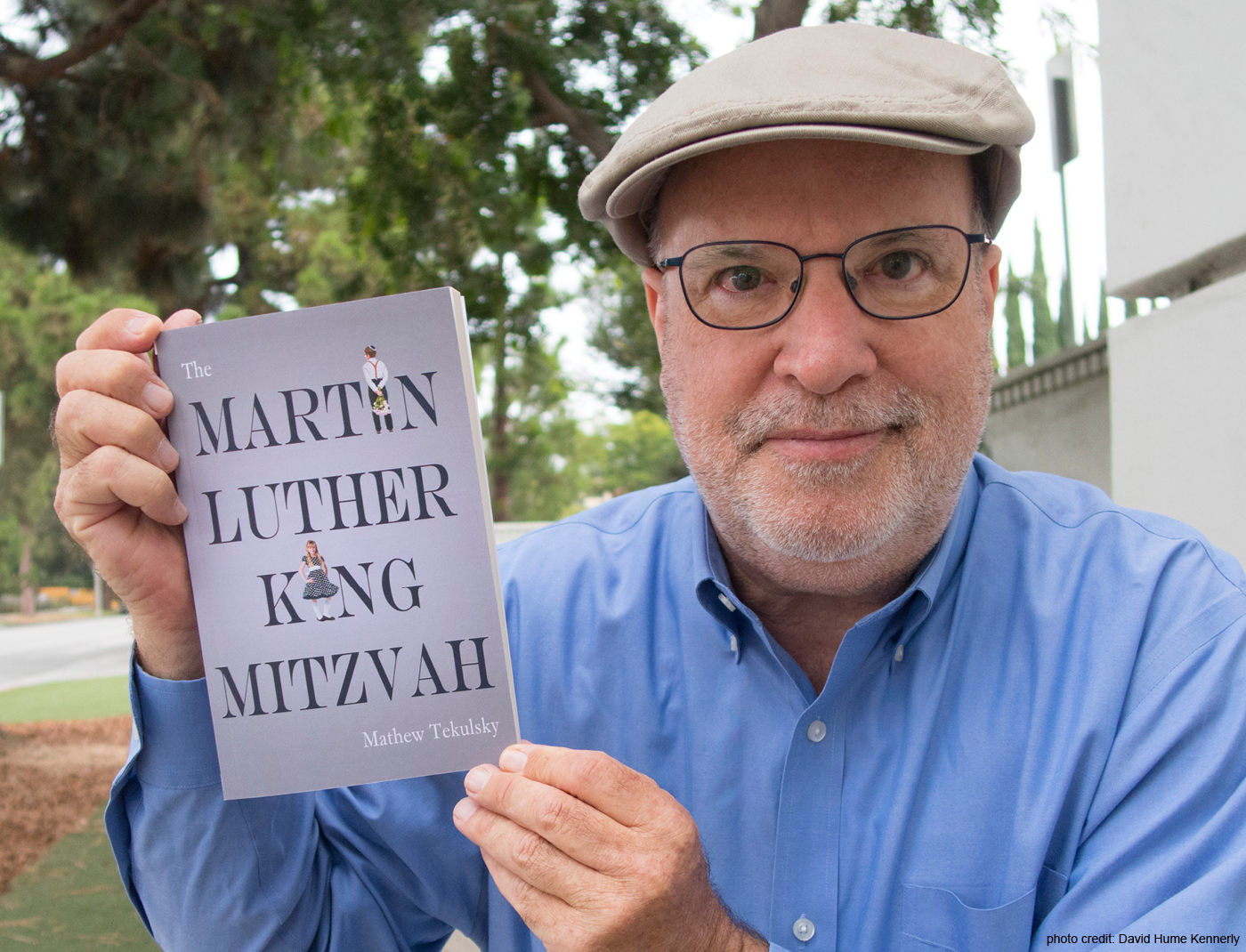Close-Ups
Along the way in my bird photography activities, I decided to try and get closer and closer shots of the birds—especially, close shots of the head. In my yard, I have taken close-ups of the Scrub Jay, California Thrasher, Nanday Parakeet, Band-tailed Pigeon, California Quail, Mourning Dove, and House Finch; while in the wild, I have taken portraits of the Great Blue Heron, Western Bluebird, Brown Pelican, and Western Gull.
Every time I do fieldwork now, I try to get a few of these close-ups, usually after I take the standard full-body shots that I know I’m going to need. Getting a close shot of a bird’s head is quite a challenge, particularly when a bird is small, such as the Western Bluebird.
Of course, there are two ways to get closer photos of birds: shorten the distance between your camera and the bird, or increase the focal length that you are using. In most cases, a combination of both of these techniques is advisable.
In my yard, I have used a 55 mm lens and stood only a foot away from a Scrub Jay that was gathering black oil sunflower seeds from a platform feeder; and at Malibu Creek State Park, I have positioned myself 100 feet away from a Great Blue Heron and used a 2x teleconverter on my 500mm lens. This latter setup also allowed me to get close shots of the Western Bluebird at the same location, but only after I had approached to about 15½ feet (4.75m). Meanwhile, at the Redondo Beach Pier, I was able to take close shots of the Brown Pelican with my 210 mm lens, standing only about 10 feet (3m) away from this big bird.
Now, as it happens, I was back at Malibu Creek State Park on September 28, 2002, for the 2nd Annual Acorn Festival—billed as “a fun-filled celebration of the nature and culture of Malibu Canyon.” Here, mixed in with the Native American dancers, bluegrass band, and arts and crafts booths, a wildlife care and education center called The Nature of Wildworks presented an assortment of birds and other animals to the visitors.
Wildworks founder Mollie Hogan addressed the audience as she held a Blue and Gold Macaw named Jammy on her upturned wrist. Then she introduced a Red-tailed Hawk named Tara to the crowd, followed by a Turkey Vulture named Harry. An American Kestrel named Fidel was also present that day, and I took a bunch of close shots of this bird with my 55mm lens as he perched on the gloved hand of a Wildworks volunteer.
Then I had an opportunity to take a few shots of Tara, the Red-tailed Hawk, as Mollie held her. Standing just a foot away from this raptor, I looked through my 55mm lens and into her brown eye, marveling at the sharp upper mandible that curled down about an inch below the lower mandible. That’s one heck of a meat-tearing machine, was all I could think.
These days, every time I see a Red-tailed Hawk flying overhead, I think back fondly to my close encounter with Tara, and that wonderful afternoon at the Acorn Festival.



